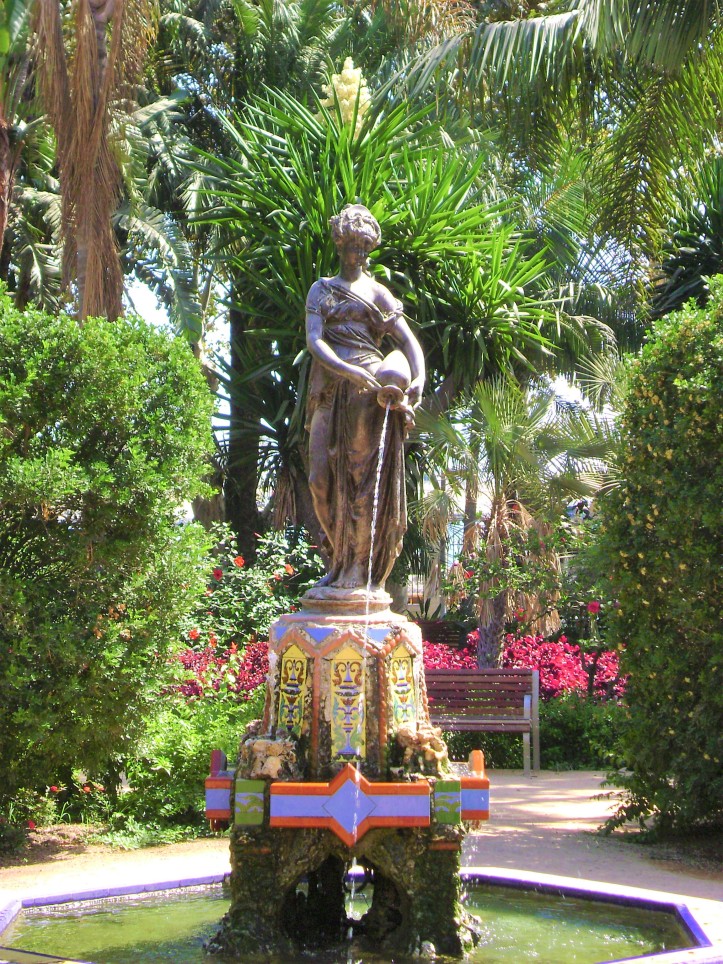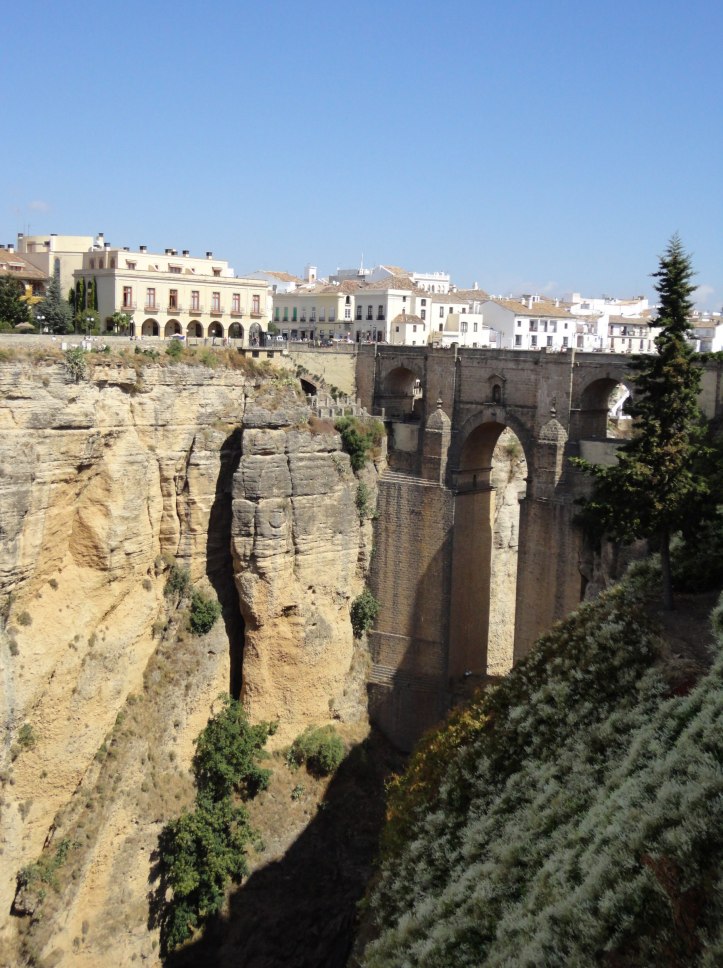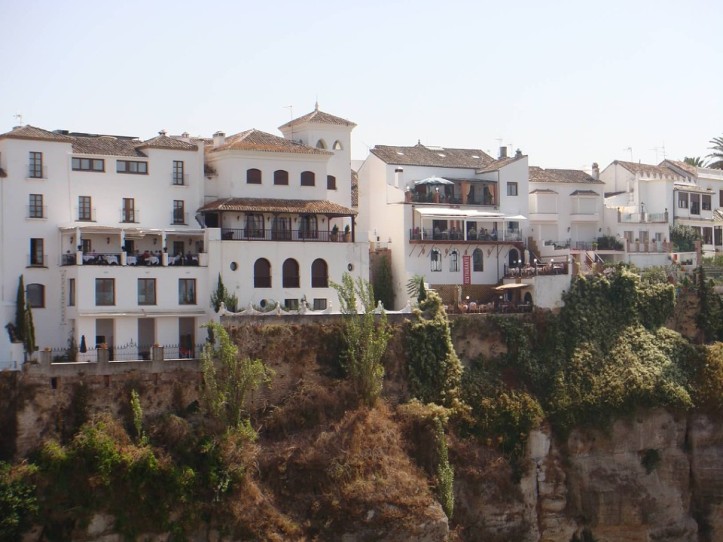
In this very, merry month of May, the Wine Pairing Weekend crew, led by Lori of Dracaena Wines, are celebrating the letter M. That means grape varieties, regions, wineries, or styles of wine that begin with M. Lori breaks down the possible avenues of exploration in her preview post here.
The theme has inspired the rest of the group to don their thinking caps and write about M-centric wine topics. Here’s a glimpse at what the rest of the gang will be talking about this Saturday, May 12th, at 11 a.m. ET:
Jeff Burrows of FoodWineClick will be discussing “M” is for Marselan.
Jill Barth of L’OCCASION explains Monterey Wines For Summertime.
Camilla Mann of Culinary Adventures with Camilla enjoyed M is for Mourvèdre with Maple-Glazed Duck Legs.
Cindy of Grape Experiences enjoyed an evening Wine and Dine: La Mora Favorites with Margherita Flatbread.
David of Cooking Chat enjoyed Asiago Lemon Spaghetti with Malagousia Wine from Greece.
Wendy of A Day in the Life on the Farm celebrated In the Merry Merry Month of May I Met Magistrate Merlot.
Gwendolyn of Wine Predator decided M is for Malbec: 8 Wines, 4 Countries, 3 Continents paired with empanadas #WinePW .
Nicole on Somm’s Table is Cooking to the Wine: Recanati Marawi with Black Cod and Papaya-Cucumber Salad.
Lisa, The Wine Chef paired Roast Chicken With Moorooduc Estate Pinot Noir From The Mornington Peninsula – The Best Australian Wine Region You’ve Never Heard Of #WinePW.
Jennifer of VinoTravels enjoyed Malvasia on the Island of Sicilia.
Lori from Dracaena Wines will share #WinePW Meets #Winephabet Street; M is for Moscatel.

Dry Muscat from Málaga and Pork Paella (#WinePW)
Toward the end of last year, fellow blogger Anatoli from Talk-a-Vino turned me on to a phenomenon called Last Bottle. It’s a wine consolidation operation that brings together suppliers who want to move inventory, with passionate wine lovers on the hunt for high-quality wines at a value price. Subscribers receive alerts when a new wine is up for grabs and, if you happen to buy the very last bottle, you’ll receive a $50 credit to use on your next purchase.
In mid-December, I received a reminder of the annual sale, in which wines would come and go at a furious pace, with many bargains to be had. I jumped into the fray with the rest of the Last Bottle fans and, soon enough, the UPS delivery guy was dropping off box after box of wine at my door. I don’t know whether to thank Anatoli or curse him (of course I’m thanking him!) because now I’m hooked. I’ve tried wonderful wines from all over the world – Barbaresco, Gigondas, Russian River Valley. But there was one wine that really surprised me . . . .

Andalucía, Málaga, and Sierras de Málaga – Wine in Southern Spain
The Botani Dry Muscat I tasted for this month’s #WinePW hails from the south of Spain, specifically, the autonomous region known as Andalucía. Winemaking there dates to the time of the Phoenicians, who exported their products as early as 1100 BC. Because of the hot climate, most wines made in Andalucía have been sweet and fortified but, over the past 20 years, a few winemakers have successfully produced dry table wines from the cooler spots. Sweet wines are typically based on the Muscat (aka Moscatel) or Pedro Ximénez grapes and are labeled as D.O. Málaga.

In 2001 D.O. Sierras de Málaga was created as a subzone of D.O. Málaga, to distinguish dry, unfortified wines from the sweet, fortified wines traditionally made in the region. Vintners have the advantage of growing their vines at altitudes above 2,000 feet, where coastal breezes take the edge off the hot climate and there is a larger diurnal shift in temperature. Plantings include native Spanish grapes like Tempranillo, Romé, and Macabeo, as well as international varieties like Cabernet Sauvignon and Sauvignon Blanc. Muscat, while not originally from Spain, thrives in its hot climate and has been a mainstay of traditional winemaking in Andalucía.
To get a clearer picture of the what the vineyards look like, here’s a video from Jorge Ordoñez:
The mountainous region known as Serranía de Ronda is the center of quality dry wine production and, if you’ve ever visited Ronda, you’d understand why: just an hour’s drive from the Mediterranean city of Málaga, the terrain couldn’t be more different. It´s much cooler and greener, and you find yourself wondering how such a short trip could take you so far from the toasty temperatures of the coast.

Situated atop a high plateau, Ronda is bisected by an enormous gorge, with the original city center connected to its modern neighborhoods by a massive stone bridge. You can see for miles in all directions, with the most dramatic view being downward into the ravine – it made my feet tingle as I peered over the edge of the bridge.


Ronda attracts wine lovers these days, offering high-quality dry wines in all the colors. But there are other reasons to visit: the ancient corrida or arena, where bullfighting first began in Spain, draws thousands of fans each year. And then there are the stories of bootleggers, bandits, and pirates who, after robbing ships and caravans near the coast, would flee on horseback, ascending the narrow mountain paths to safety. Ronda was full of thieves protecting their loot. It’s easy to imagine them as you look down from the edge of the gorge, returning to the city in a cloud of dust.

Botani Wines
In 2004, Jorge Ordoñez Selections joined forces with the Kracher family of Austria, famous for their dessert wines, to spearhead a new winery that would expand the typical offerings from D.O. Sierras de Málaga. Their Botani Dry Muscat was the first dry wine in the D.O. made from the Muscat of Alexandria grape. Botani is also credited with crafting the first unfortified dessert wine here.
Vines grow on the steep northern slopes of mountains running parallel to the Mediterranean coast, where soils are rocky and difficult to traverse. Even the vines must work extra-hard to find water, burrowing deep into the slate and quartz subsoils that impart a distinct mineral quality to the wines. Because of the age of the vines (averaging 70 years old) yields are dramatically low, with each vine producing less than one kilo of fruit.

In this tough environment, everything is done manually, as if time stopped here in the 1800s: vineyard workers use ancient tools known as azadones to break up the stony dirt; grapes are harvested by hand and packed in small cartons, then loaded onto donkeys for transport to the winery. The animals also contribute to healthy vineyard practices: they are the primary source of organic fertilizer applied throughout the season.

2012 Jorge Ordoñez Botani Dry Muscat (14% abv; $9 on Last Bottle)
Color: Pale lemon, even lighter at the rim.
Nose: Pronounced aromas of orange flower, sweet grapes, and clementine rise from the glass with nary a swirl. This wine smells like a warm, sunny day.
Palate: Dry, with citrus notes (lime, orange) mingling with ripe stone fruit (white peach). Acidity is medium, as is the body. There is a saline/wet rocks note at the back of the palate, which leads to the dry finish that lingers with more orange blossom.
Pairing #1: Pork Paella
Hardly a true paella, which is traditionally made with seafood, my version took advantage of things already in my fridge: bacon, sweet Italian sausage, leeks, onions, and carrots. I started by sautéeing the bacon, then added the onion and leeks, and finally the carrots. Then I added one cup of basmati rice, a cup of chicken broth, and stirred it all together, covered the pan, and let it simmer until the rice was cooked. Easy enough!

My paella paired well with the Muscat, enhancing the sweetness of the vegetables and bringing out the savory qualities in the meat. It was a really nice pairing, and one I’d gladly do again.

Pairing #2: Gorgonzola and Ines Rosales Sweet Olive Oil Tortas
I paired a second bottle of Botani Dry Muscat with a simpler dish: a cheese plate and orange-glazed tortas from Sevilla, Spain. Holy cow! This was a match made in heaven. The tortas are crisp and round, like mini-tortillas, and they are glazed with syrup made from Sevilla oranges. I put a crumble of gorgonzola cheese on top and took a bite. Really good. Then I took a sip of the wine. Incredible! The orange essence of the tortas heightened the orange notes in the wine, making it seem a bit sweeter on the palate. And the gorgonzola added some umami as well as a contrast to the sweetness of the tortas. All together they created a whirlwind of taste sensations! If I had any more bottles of this wine, I’d serve them all with this combo.

Note: Ines Rosales makes savory tortas, too, in flavors like rosemary and thyme, and sesame and sea salt. I am a huge fan of them all!
About Wine Pairing Weekend (#WinePW)
We are a group of wine and food aficionados who love to share pairing ideas and recipes. We get together on Twitter the second Saturday of each month at 11 am ET to discuss that month’s theme and share our discoveries. You’re welcome to join us! Next month, our topic will be Heading to Australia: What Will You Put on the Barbie? hosted by Gwendolyn (@artpredator) from the blog Wine Predator. It’s sure to be a good time for all. See you then!
Some nice pics from your trip to Ronda. And great info- from the Ordoñez-Kracher wines to Last Bottle and your pairings. Mark and I love the Ines Rosales Tortas, always had a package (or two!) in the pantry when we were in the US. Can imagine this wine with the orange glazed tortas!
LikeLiked by 1 person
I never would have bought those tortas if Gabe hadn’t been shopping with me. While I stick to my list and get in and out of the store as quickly as possible, he prefers to stroll around, looking at everything, throwing a bunch of new things in the cart. Makes me crazy, but he came up with a good one here! 🙂
LikeLike
Thank you for taking me back to great vacation memories of my trip to this region with my husband. Southern Spain is awesome. Seville was my favorite city. Great wines – delicious foods.
LikeLiked by 1 person
Seville is on the list for my next trip to Spain – which I hope will be soon! My husband and I got engaged in Nerja, so Andalucia will always be a special place for us.
LikeLiked by 1 person
Ha! I can’t believe that after all the range that we had in the topic we came up with the same producer! That’s hysterical! You’re photos are amazing!
LikeLiked by 1 person
I know! Of all the wines . . . Most of the photos are from a trip Gabe and I took in 2011. We got engaged in Nerja, not far from Malaga, and spent a few days in Ronda. A magical trip!
LikeLike
I visited Malaga about 15 years ago with a girlfriend. I didn’t drink back then, I think I only had a could of glasses oh sangria during that trip. Sounds like I misses out… great article. I really liked your second pairing!
LikeLiked by 1 person
Thanks Amber. Spain holds a special place in my heart, and writing this post took me back there. The food, wine, people, landscapes – can’t wait to return!
LikeLike
[…] Lauren of The Swirling Dervish is chatting about Dry Muscat from Málaga and Pork Paella […]
LikeLike
One of my good friends is from Malaga. She lives here (in Monterey now), but goes back every summer. I’m jealous of your trip. And I have seen that wine. I will pick up a bottle next time. Lauren, I was SO intrigued by your pork paella. I am definitely going to try a version. Thanks for getting me out of my seafood mode.
LikeLiked by 1 person
If you ever have the chance to visit southern Spain, don’t hesitate! It’s breathtakingly beautiful and the people are so warm. And the food and wine aren’t bad, either! As for the pork paella, it was less divine inspiration than what I had on hand that determined the ingredients. I can’t wait to see what you come up with – I’m sure it will be spectacular!
LikeLike
Wow…I felt like I had been airdropped right into Spain and the pairings sound amazing. That Paella…..
LikeLiked by 1 person
Thanks Wendy! With this post I had the chance to revisit one of my favorite trips ever. And the wine was a bonus!
LikeLike
All the pictures here make me want to go back to Spain! I’m familiar with the Botani Dry, but I did not know of the collaboration with the Kracher family. You’ve definitely inspired me to pick up this bottle again the next time I see it!
LikeLiked by 1 person
I sure wish I’d bought more bottles! 🙂
LikeLike
Gorgeous Andalusia! Engaged there – wow… thanks for sharing the memories.
I see no reason why we all shouldn’t be eating and drinking more delights from this region. Super inspiring!
LikeLiked by 1 person
It was a fun trip down Memory Lane, reminding me to go back soon. Thanks Jill!
LikeLike
Your wonderful photos remind me I really need to get to Spain! I would definitely love this pork paella, too.
LikeLiked by 1 person
Oh yes! Spain is magical! Lots of delicious food and wine to try, and the people are so welcoming.
LikeLike